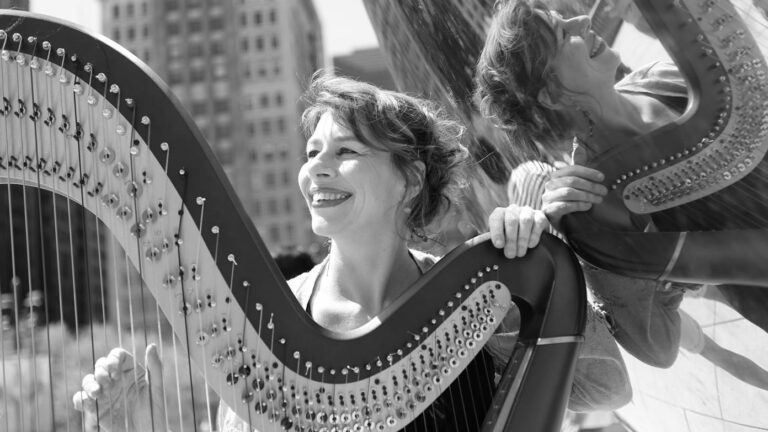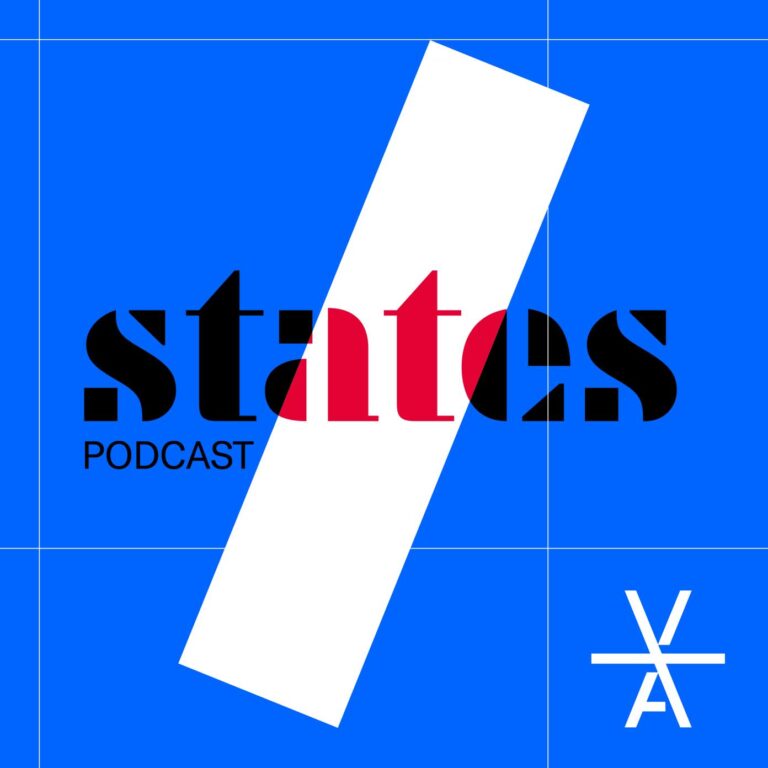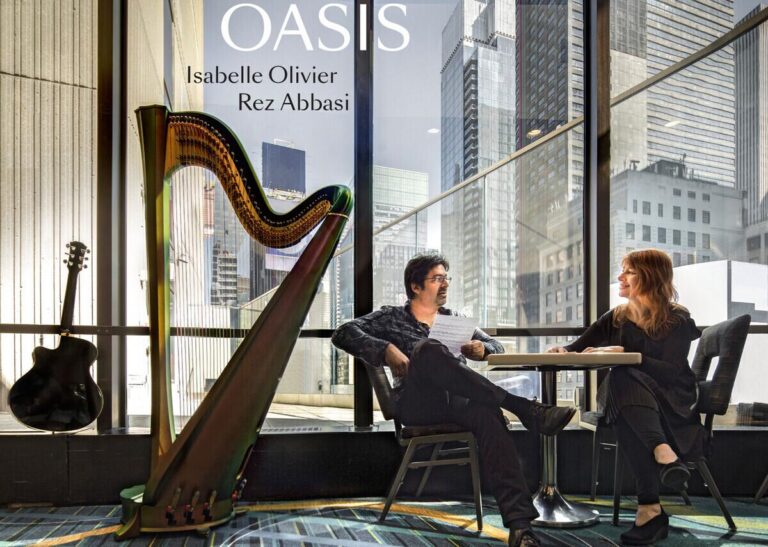
Pierre-Antoine Badaroux
Musician
September 2023
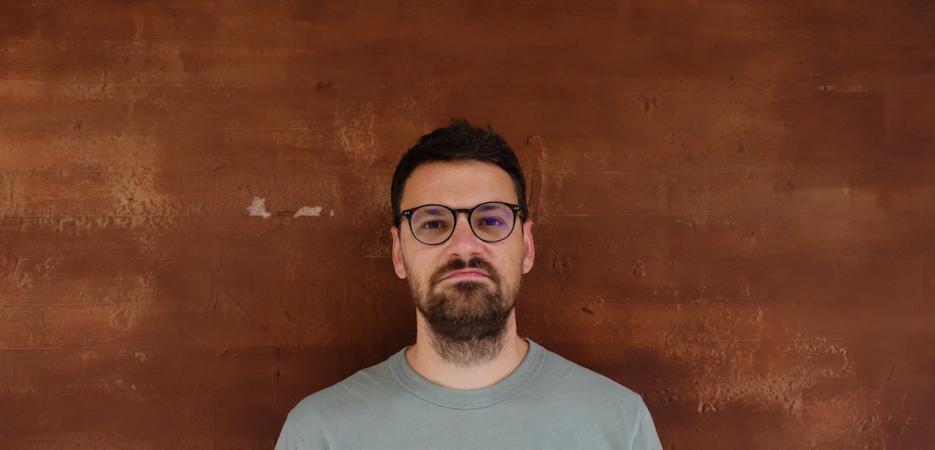
- Music
- Chicago
- New York
- Washington, DC
“Music manuscripts are largely overlooked documents, and their content indicates the extent to which recordings only represent a fraction of the lives of those who made this music. The documents shed light on the hidden side of these individuals’ work.”
As a saxophonist, composer, and arranger, my work is at the crossroads of repertoire and musical creation. Through my musical practice, I seek to scrutinize, deconstruct, and discover unpublished works, improvise, reinterpret, and compose. Taking an experimental approach, I attempt to express a certain viewpoint on jazz history.
For more than ten years, leading the Umlaut Big Band, I have explored the often-undervalued work of arrangers. I have lately been examining manuscripts by these musicians to gain a better understanding of their creative process, unearth forgotten works, and reassemble fragmented scores. My research on Don Redman and Mary Lou Williams, for instance, has led to the discovery and recording of many previously unheard works.
Throughout this adventure, I am also exploring the relationships between the written and the improvised, the predefined and the spontaneous. This topic is particularly close to my heart, as it encompasses the many diverse types of music that I perform.
Born in 1986, Pierre-Antoine Badaroux studied jazz at the Conservatoire de Paris (CNSMDP). He currently teaches at the nearby Conservatoire de Montreuil. As a member of the Umlaut collective since 2009, he has been involved in producing and circulating a wide variety of musical styles, including jazz, improvisation, contemporary composition, and experimental music. He is also the founder and artistic director of the Umlaut Big Band, which has released five albums. The band’s most recent release, “Mary’s Ideas,” is devoted to the music of Mary Lou Williams. The group is also artist-in-residency at the Théâtre de l’Aquarium since 2019. Badaroux is collaborating with the theater director Jeanne Candel on the show “Baùbo, de l’art de n’être pas mort” (“Baùbo: the Art of Not Being Dead”). To date, he is featured on some twenty recordings as a member of various other musical ensembles.
My project is a continuation of the work I have been doing with the Umlaut Big Band in recent years – that is, deepening understanding around the artistic, social, cultural, and historical aspects of jazz composition. This next chapter of my research will involve studying the manuscript scores available within the diverse archives of the United States.
The project contains an historiographical dimension, as it seeks to understand how jazz history has been written and what forms it has yet to take; a practical dimension, as it inspires my work as a composer and saxophonist; and a cultural dimension, as it aims to identify the issues involved in preserving jazz heritage.
The history of jazz has been written with a primary focus on its recorded heritage. The manuscripts are largely overlooked documents, and their content indicates the extent to which recordings only represent a tiny fraction of the lives of those who made this music. In essence, the documents shed light on the hidden side of these individuals’ work.
Through my examination of these documents, I have also looked more broadly at the role of composing in jazz music. What dynamics come into play between the written and the improvised; between the defined and the spontaneous? How is the act of improvisation translated to the page? What part might collective creation have had in producing a work claimed by just one individual?
Lastly, this research will aim to enhance our understanding of the way the United States deals with its own memory. What conservation methods are used in creating these archives? In what ways can institutions contribute to the creation of an historical discourse? How does the existence of these archives help legitimize jazz as an art form that epitomizes the United States?
Jazz was born in the United States, its emergence possible thanks to many specificities of American culture. Its development is intricately linked to this country’s history: hence the creation of some remarkable archives in USA.
In New York, I intend to consult the archives of the Newark Institute of Jazz Studies, the largest jazz collection in the world. I will also study a number of manuscripts held at the New York Public Library.
The Smithsonian Institution in Washington, DC, hosts the National Museum of American History, and the National Museum of African American History and Culture, both of which hold numerous archives of jazz musicians. The city is also home to the Library of Congress, one of the world’s largest libraries. It manages the offices for all the copyright and legal records of every work published in the United States, while also presenting extensive private collections.
Finally, I will visit Chicago to explore the manuscript archives held at the Center for Black Music Research and the University of Chicago.
In partnership with

Institute of Jazz Studies
The mission of the Institute of Jazz Studies is to collect, preserve, and make accessible the heritage of jazz, an American art form that has been embraced by the world.
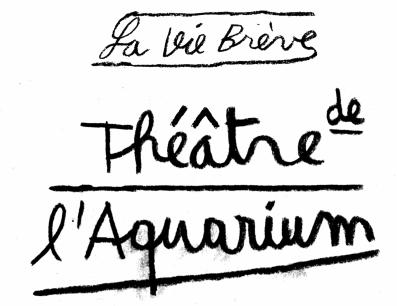
La vie brève – Théâtre de l’Aquarium
La vie brève is a company directed by Jeanne Candel, Marion Bois and Elaine Méric, which has been opening up different creative territories for more than ten years and decompartmentalizing disciplines. Its keystone is the entanglement of theater and music: playing with opera from pre-existing works and deepening this exploration, thus creating an implicit braiding where we no longer know if the music drives the theater or vice versa. Managing the Aquarium Theater located at the Cartoucherie since 2019, la vie brève hosts residencies of around twenty artistic teams per year, three of which participate in all activities of the theater for 2022-2024.
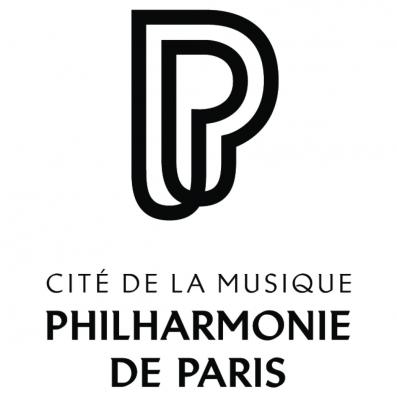
Cité de la musique – Philharmonie de Paris
Located in the heart of the Parc de la Villette in northeastern Paris, the Cité de la Musique – Philharmonie de Paris is a unique musical complex that attracts nearly 1.5 million visitors each year.
It offers an ambitious and eclectic program (450 concerts and 2 to 3 temporary exhibitions per year), while fully embracing its social and societal role. The institution aims to make its programming accessible to all audiences, regardless of age, social background, or geographical origin. It also strives to make gender equality, diversity, and eco-responsibility integral parts of its mission. In this spirit, it created the Maestra Conducting Competition with the Paris Mozart Orchestra and develops numerous initiatives across the country in partnership with local communities, such as the Démos children’s orchestra project. The Philharmonie also leads international cooperation and partnership projects with cultural institutions in countries such as the United States, Brazil, Gulf states, and various European nations.



